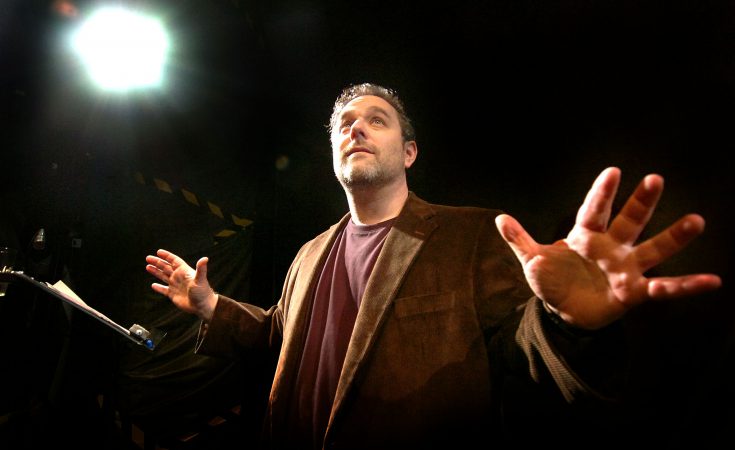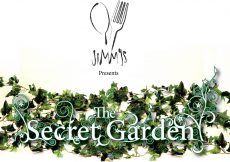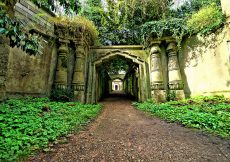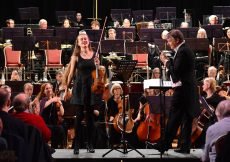It must come as little surprise to anyone who’s seen any of the following that Jeremy Dyson, writer of Roald Dahl’s Twisted Tales at the Lyric and The League of Gentlemen, also co-wrote the West End thriller Ghost Stories (which also began life at the Lyric). His writing partner? Andy Nyman, director of Derren Brown’s mindbending illusions.
Now in its swan song, and marvelling in the success of its brilliant marketing machine that promised Ghost Stories to pretty much be the most frightening thing on stage before and since The Woman in Black, I decided to go check out the hype.
There are three stories, framed by a lecture delivered to the audience by Professor Philip Goodman (also played by co-writer Nyman). The Professor cynically examines the world of parapsychology, going out of his way to prove the ‘normal’ within the ‘para’, showcasing a short history of ghost stories through the ages, faked photos and case studies.
“How many of you believe in ghosts?” he asks the twitchy audience. “Now how many of you believe you have had a supernatural experience? Considerably lower, I see.”
He then proceeds to narrate, via a recording device, three tales that push human boundaries of fear and belief, and which strike him (and consequently, us) as particularly fascinating.
The live ghostly action is performed by a tiny all-male cast and the tales are set in suitably spooky locations: a night warehouse that used to be a hospital for shellshocked soldiers, an empty road in the woods and a child’s nursery. All fairly conventional horror film settings, with one lead character within each, isolated within their own fears and with no way of escaping the horrors that await. Throw in some freezing drafts, sharp shocks of chlorine, clever lighting comprising blinding torchlight and car headbeams, children’s voices, disappearing props and classic misdirection, and you have the formula for some right Victorian frights.
The tension of each story is suitably hyped to the point whereby I was pleased to be brought back into the relative normality of the lecture, despite getting the feeling that the Professor was losing grip on the narrative. (Did he forget his lines? No, all will be revealed…)
Now, I’m not one for zombie, monster or alien silliness. I prefer to be frightened with real human tales, traditional Victorian ghost stories that prey on our fear of the unknowable dead. Unfortunately, I let myself be taken in by the word ‘ghost’ in the title, only to be mildly disappointed by the all-too-often bursts of said silliness throughout. Sorry, but a large monster falling from the ceiling, ectoplasm shooting out of a doll and the characters’ foul language made me laugh rather than scream; indeed, cathartic humour was very much one of the strengths of the entire production. Some cynics might have preferred something altogether more creepy, but I certainly was grateful for the humour-filled release of tension.
As the play reaches its dénouement and the Professor confronts his own demons (literal or otherwise), the audience is drawn into questioning what’s real and what isn’t, where any pretences of logic are abandoned and full-on madness is embraced. The final scene seamlessly weaves the narrative together by signposting meanings behind each of the tales, which before the brilliant ending all seemed a little bit too random for their own good.
Overall, I was more entertained by Ghost Stories than I was petrified, although genuine moments of terror coupled with a spectacular twist at the end make this a theatre production to be reckoned with…if you dare. (You should dare. It’s worth it).





No Responses